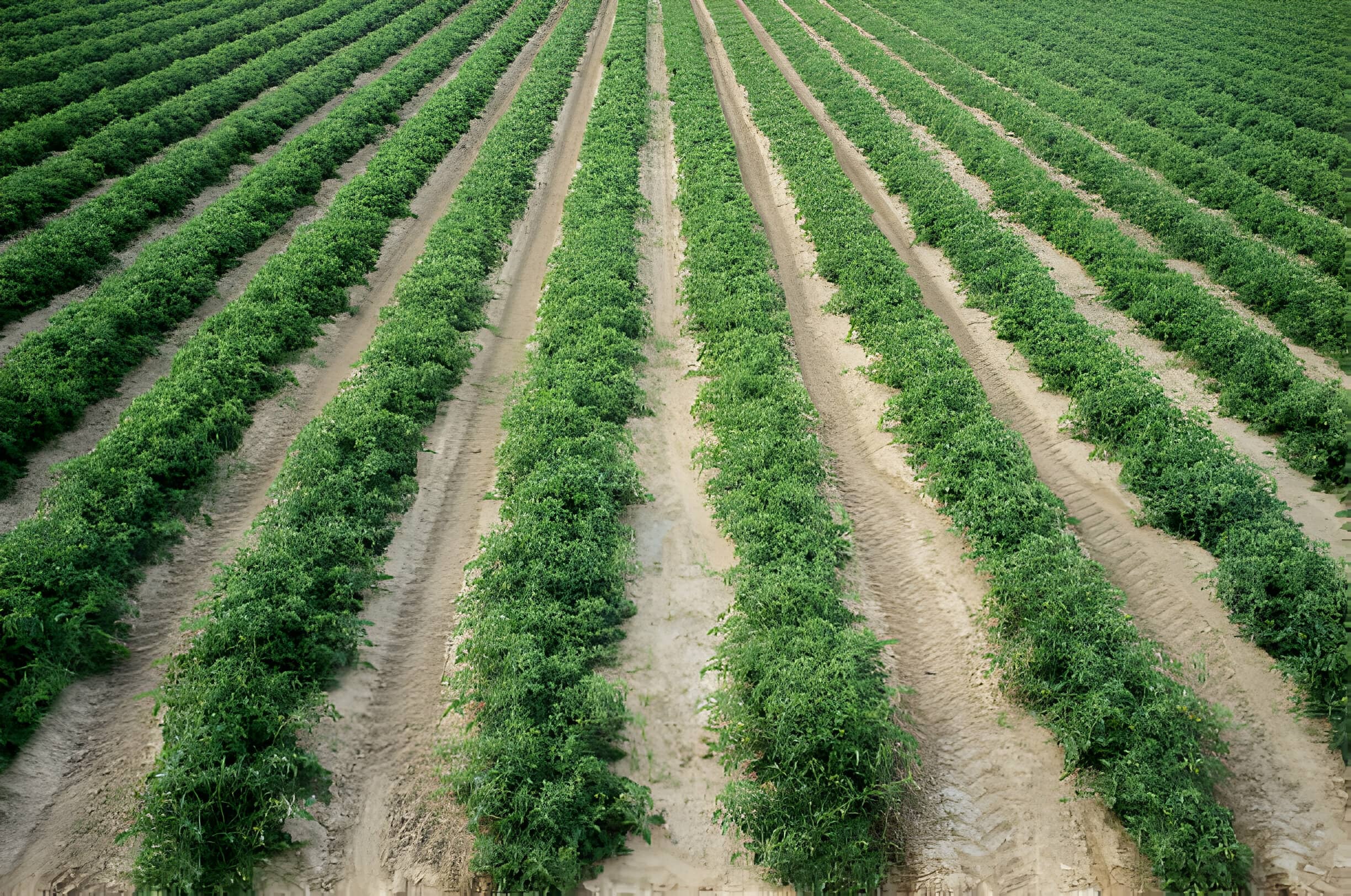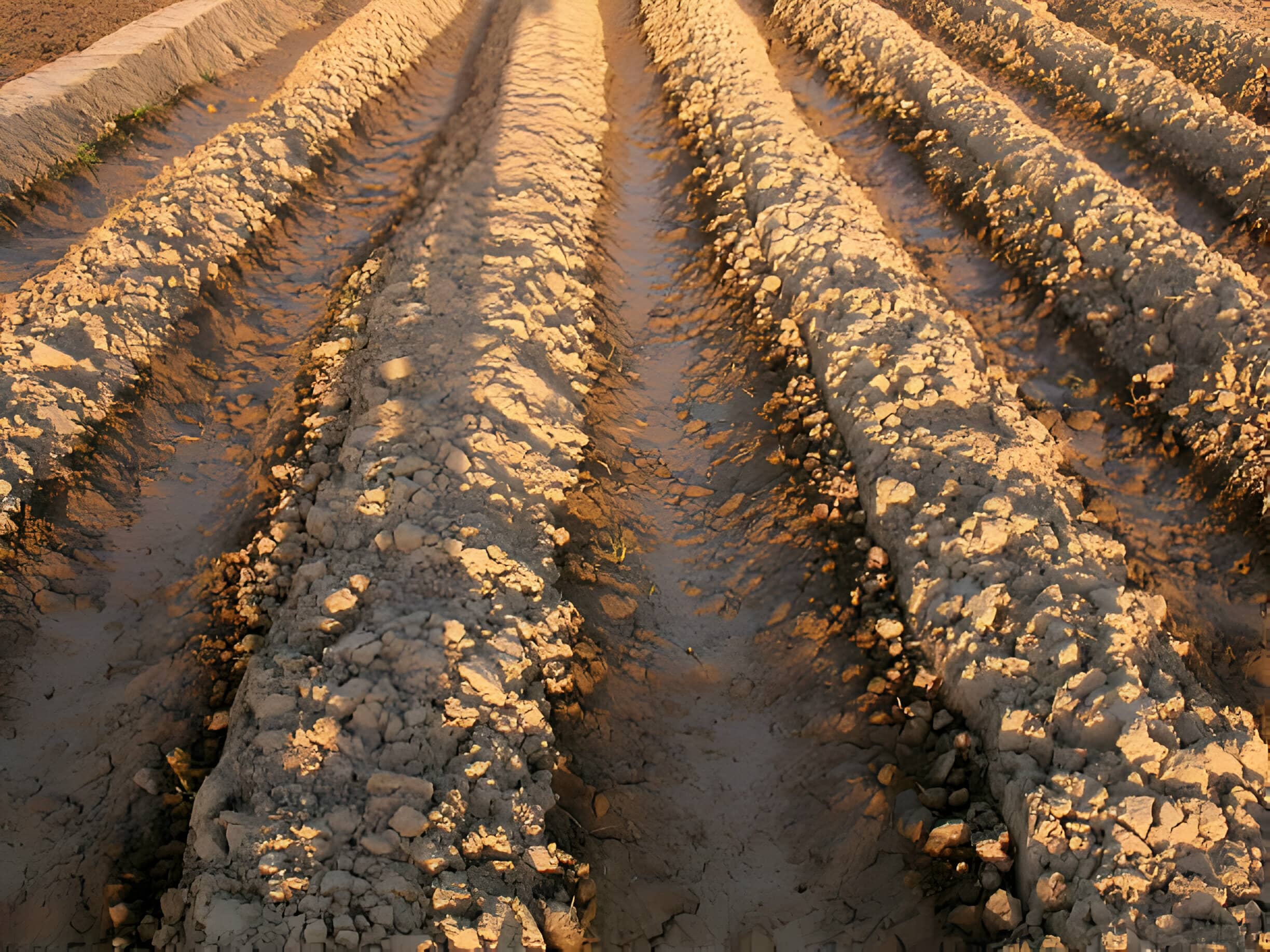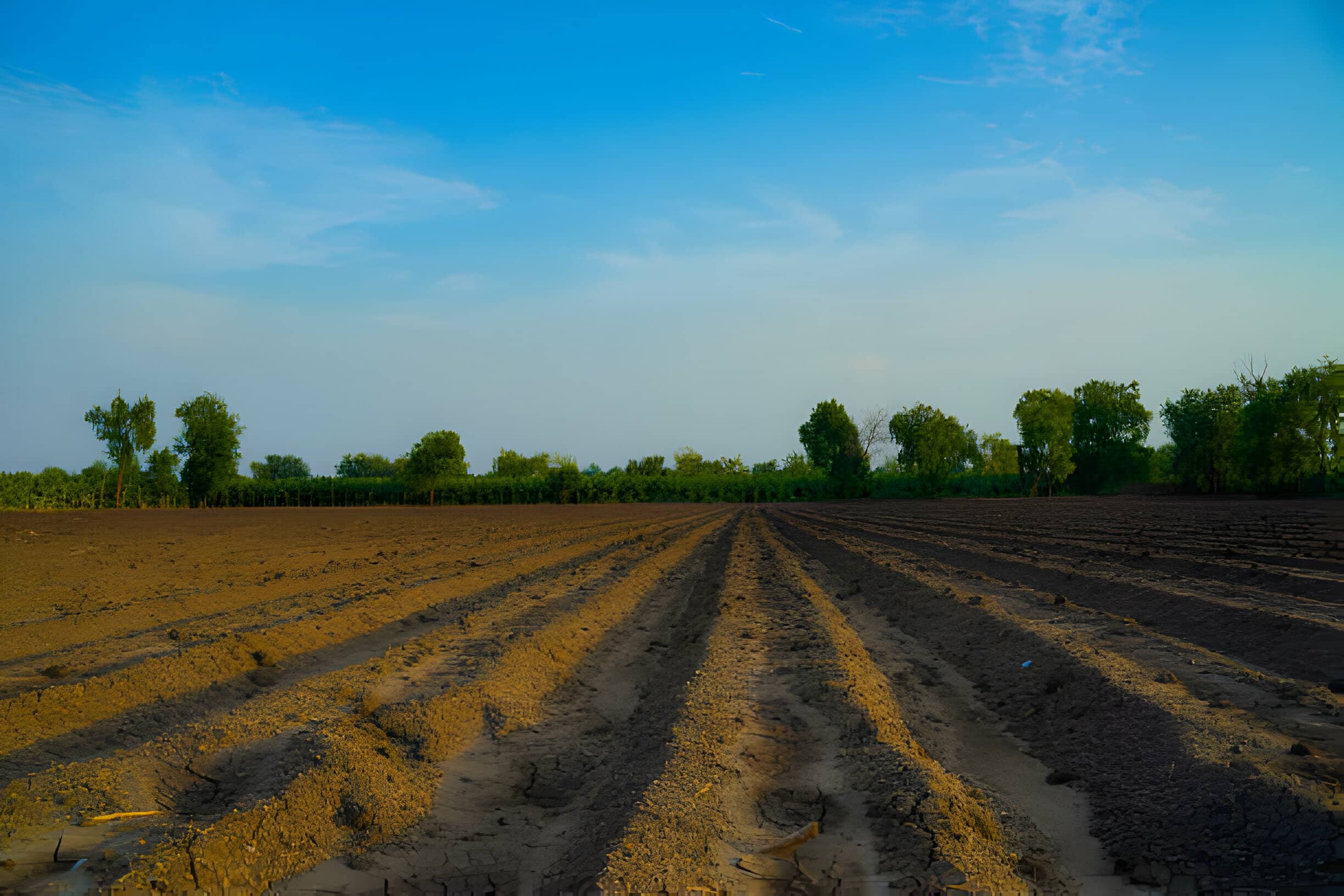strip irrigation method
Watch the video
Principle :
The strip irrigation method is a technique used in agriculture to apply water to crops through a series of narrow strips or bands of soil. In this method, water is distributed directly to the root zones of crops in concentrated strips rather than uniformly over the entire field. This approach aims to maximize water efficiency by targeting irrigation directly where it is needed most, minimizing water loss through evaporation and runoff. Strip irrigation can be implemented using various irrigation systems, such as drip irrigation or subsurface irrigation, and is often used in row crop production, orchards, and vineyards.
Advantages :
- Efficient Water Usage: Strip irrigation method allows for precise targeting of water where crops need it most, reducing water loss through evaporation and runoff.
- Water Conservation: By concentrating irrigation in narrow strips, this method helps conserve water compared to traditional irrigation methods that cover the entire field.
- Weed Reduction: By limiting moisture to certain areas, the strip irrigation method can help reduce weed growth between crop rows.
Disadvantages :
- Implementation Complexity: Configuring and managing strip irrigation systems may be more complex than traditional irrigation methods, requiring careful planning and maintenance.
- High Initial Costs: Installing strip irrigation systems may require a higher initial investment in equipment and infrastructure compared to conventional irrigation methods.
- High Initial Costs: Installing strip irrigation systems may require a higher initial investment in equipment and infrastructure compared to conventional irrigation methods.



0
0
votes
Article Rating
Subscribe
Login
0 Comments
Oldest
Newest
Most Voted
Inline Feedbacks
View all comments